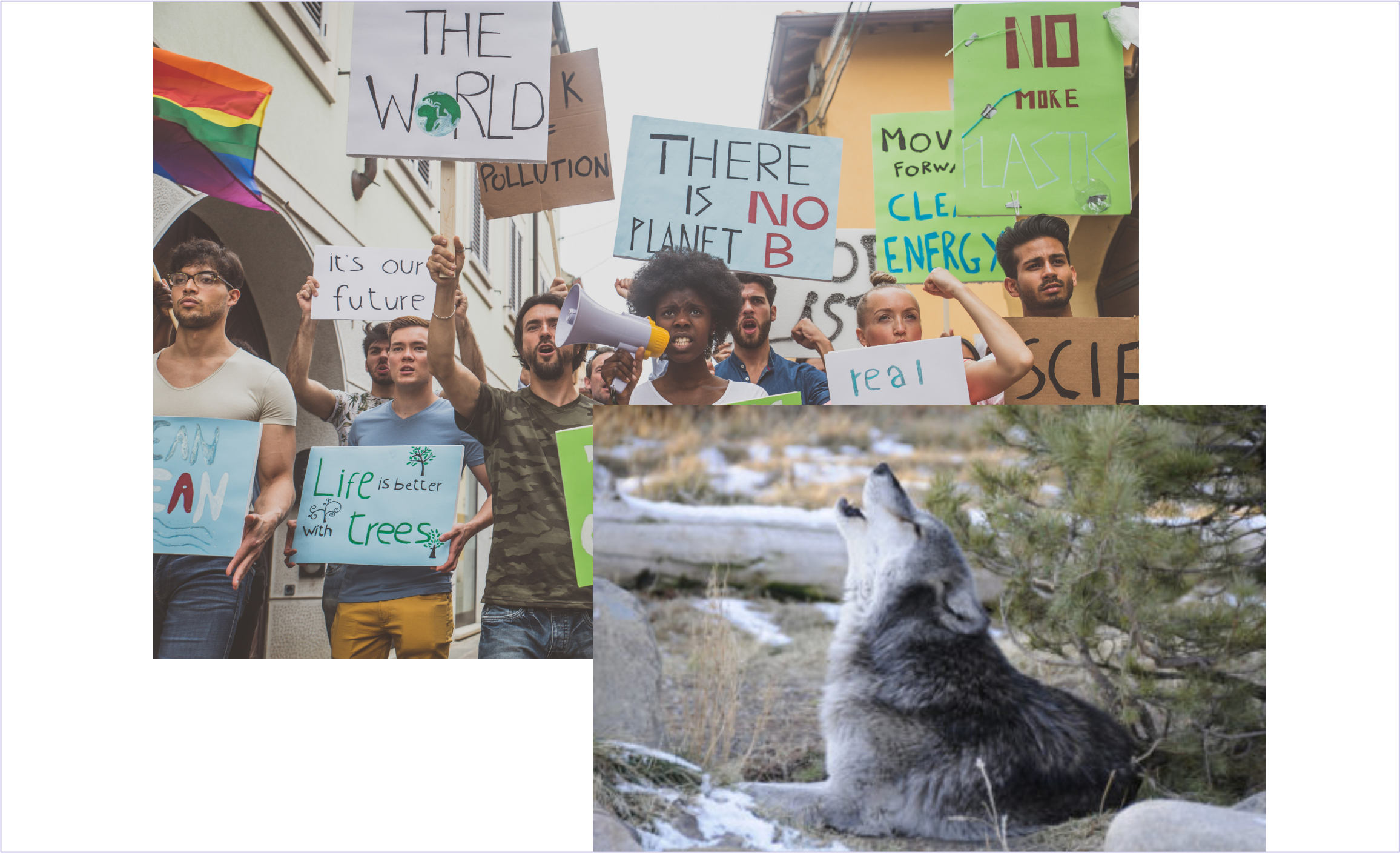The Endangered Species Act (ESA) of today serves the anti-capitalist gadflies of the Left far better than it protects wildlife.
Reform is far overdue.
CFACT submitted two official submissions in response to requests by NOAA and the Fish and Wildlife Service, focusing on the words “take” and “harm.”
“Take” means pretty much what you think it does: killing, harassing, hunting, or capturing wildlife.
“Harm” is where the abuse is. Regulators have stretched the meaning of “harm” to mean anything that modifies wild habitats. Radicals use the harm loophole to oppose building housing, retail, factories, energy generations, public buildings, essentially everything.
The proposal would eliminate the word “harm” and focus on real-world regulation of when people can “take” wildlife and when they cannot.
CFACT senior fellow Bonner Cohen told the Feds that:
Cooperation, not confrontation, is the way to bring about species recovery. Eliminating “harm” from the definition of “take” will remove one of the perverse incentives that has made implementation of the ESA so problematic and contributed to the statute’s poor record of recovering species. In 2023 – 50 years after enactment of the ESA – wildlife researcher Rob Gordon pointed out that “of 1,667 threatened or endangered species, there are only 62 officially ‘recovered’ species. Of these, 36 – nearing 60% – are not real conservation ‘success stories.’ These ’recoveries’ are hollow, as they are inaccurate proclamations attributable to an erroneous original determination that the species was endangered or threatened.”
This poor record of performance shows why the ESA and its supporting regulations need to be updated. Eliminating the counterproductive definition of “harm” altogether is one way the statute can be made to better serve both species and humans.
CFACT advisor Robert Gordon told the Feds that:
With nearly 1,700 domestic endangered and threatened species, the majority of the nation is ‘suitable’ habitat for the breeding, migrating, feeding, or sheltering for one species or another. Essentially, with the existing harm definitions, the agencies have fabricated a habitat regulatory mechanism that is only tethered to harm’s plain meaning and its companion take words by the thinnest thread and often not tethered at all. In practice, the current definitions of harm enable, if not foster, regulation on the basis of speculation and conjecture. As a result, USFWS and NMFS operate as if they have carte blanche to regulate any and all habitat modification, extracting concessions from vulnerable landowners as they do. The agencies’ interpretation and application have nearly deformed the term “harm” into an arbitrarily wielded national land use veto. The proposal to rescind the USFWS’s and NMFS’s harm definitions and instead rest on the statutory definition of “take” reflects the single, best meaning of the statutory text and is unquestionably a vast improvement over the current definitions.
For far too long, Green campaigners have shamelessly used the ESA to deprive property owners of the freedom to responsibly use their land.
CFACT is proud to provide first-class, scholarly analysis to assist government officials ready for reform.
